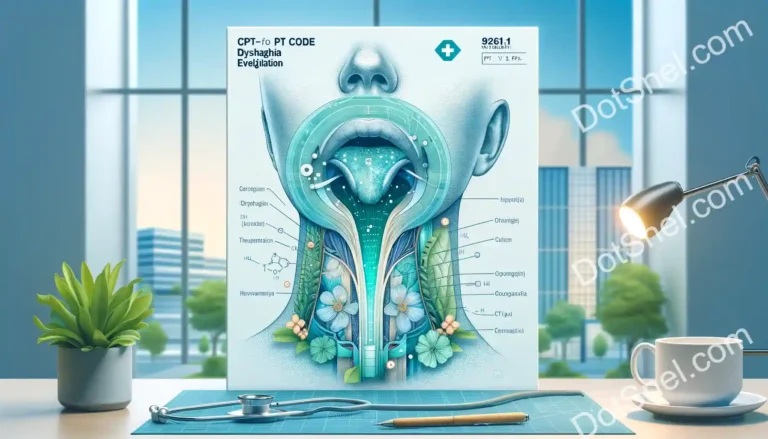17250 CPT Code Reimbursement Explained
CPT Code 17250 often pops up in medical billing conversations, but what does it really mean? This code is more than just a number; it’s crucial in healthcare reimbursement. In this article, we’ll unpack CPT Code 17250, ensuring you understand its application, implications, and how it fits into the broader medical coding system.
Key Takeaways:
- CPT Code 17250 relates to chemical cauterization of granulation tissue.
- It’s commonly associated with wound care and tissue management.
- Understanding its usage and billing guidelines is essential for accurate medical billing.
What is CPT Code 17250?
CPT Code 17250 refers to the chemical cauterization of granulation tissue. This procedure involves applying chemicals like silver nitrate to overgrown tissue, often seen in healing wounds. It’s a specific practice in wound care, vital for managing excessive healing tissue, known as proud flesh.
Why is It Used?
The primary use of CPT Code 17250 is in wound management. When wounds heal, sometimes the tissue grows excessively, creating a need for intervention. Chemical cauterization helps control this overgrowth, ensuring better healing outcomes.
Diagnosis and Billing
Can You Bill 99213 and 17250 Together?
Yes, in certain scenarios, CPT 99213 (a standard office visit code) and 17250 can be billed together. It depends on the patient’s specific situation and the treatments provided during the visit.
Guidelines and Modifiers
Guidelines for CPT Code 17250 are clear: It’s used specifically for chemical cauterization. However, when billing, knowing whether a modifier is needed is crucial. For instance, if this procedure is part of a larger treatment, a modifier may be required to specify this.
| Code | Description | Modifier Needed |
|---|---|---|
| 17250 | Chemical cauterization | Depends on case |
| 97597 | Removal of tissue | No |
| 97602 | Non-selective debridement | No |
Reimbursement and Related Codes
Understanding CPT 17250 reimbursement is essential for healthcare providers. This code falls under wound care, and reimbursement rates vary based on insurance providers and specific patient plans.
Related Codes
Other related codes include:
- 97597 CPT Code: Removal of devitalized tissue from wounds.
- 97598 CPT Code: Similar to 97597 but usually indicates a larger wound surface area.
- 97602 CPT Code: Non-selective wound debridement.
Comparison Table
| Code | Description | Use Case |
|---|---|---|
| 17250 | Chemical cauterization of granulation | Excessive healing tissue |
| 97597 | Removal of devitalized tissue from wounds | Wound management |
| 97602 | Non-selective wound debridement | General wound care |
Conclusion
In conclusion, CPT Code 17250 plays a vital role in medical billing, especially in wound care and management. Its proper application ensures accurate reimbursement and efficient patient care. As healthcare continues to evolve, understanding codes like 17250 remains a cornerstone of effective medical practice.
Remember:
- Always check for the latest guidelines and billing practices.
- When in doubt, consult with a billing specialist to ensure accuracy.

Shahid Maqsood is an experienced writer and journalist with 10+ years in the industry. He is Content writer and Editor , where he writes daily articles covering topics like books, business, news, sports, and more. Shahid holds an MBA from Virtual University of Pakistan and a Master’s in Mass Communications. He is based in Faisalabad, Pakistan.
His work spans multiple platforms like dosttrusty.com and newsbreak.com,Quellpress.com , airriflehunting, and bruitly.com showcasing his versatility and depth. Shahid’s insightful articles reflect his expertise, authoritativeness, and trustworthiness, making him a respected and reliable voice in digital content creation. His contributions engage and inform readers, embodying professionalism and passion in every piece.







